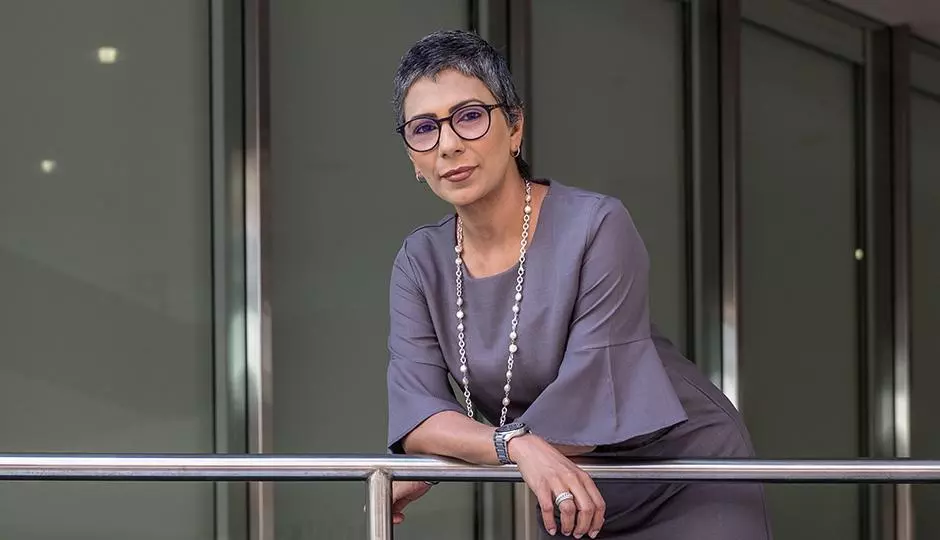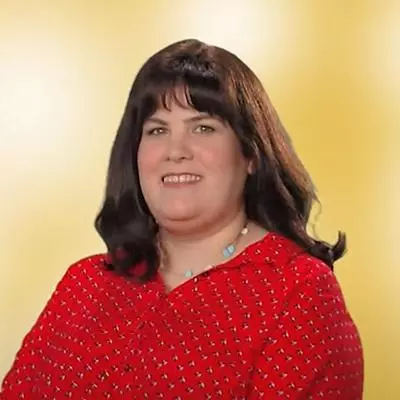As we age, our bodies gradually change in many ways. For many women, the aging process may include noticeable changes to our hair, including thinning hair and hair loss.
How Our Hair Changes With Age
One of the first signs of aging is a change in hair color. Hair follicles produce a pigment called melanin which gives our hair its natural color. As we age, often as early as in our thirties, our bodies produce less of this pigment, and our hair begins to gray.
The key material making up hair is a fibrous structural protein known as keratin. The quality and consistency of the keratin our bodies produce decreases as we age. As keratin production decreases, your strands of hair begin to grow thinner and finer, contributing to thinning hair.
Along with thinner hair, many women notice a change in texture, with their hair becoming drier and coarser than before. Changes in texture are primarily due to the body producing less sebum, the natural oil that protects the hair. Sebum production decreases throughout our lifetime by as much as 10 percent every ten years, causing the hair to lose elasticity and become more porous.
As our hair becomes thinner and loses some of its elasticity, it becomes brittle, making it prone to damage and breakage.
Hormones and Hair
As a woman ages, her body begins to undergo hormonal changes due to menopause. These fluctuating hormone levels produce several unpleasant symptoms, including hot flashes, mood swings, insomnia, and hair loss. Hair loss symptoms in women are subtler than in men, with women typically experiencing overall thinning on the front, sides, or top of the head, rather than noticeable bald spots.
Research has found that hair loss during menopause is related to a hormonal imbalance caused by lowered production of estrogen and progesterone. These hormones are vital to growing healthy hair, and the decreased levels cause the hair to grow slower and much thinner. The reduced estrogen and progesterone levels also cause an increase in androgen production, a male hormone that shrinks the hair follicles, resulting in thinning hair and hair loss.
Hormonal changes and imbalances can alter the hair's natural growth cycle, and it is common for menopausal women to experience both thinning hair and hair loss. The hormonal changes that occur during menopause can slow hair growth and lead to brittle hair that breaks easily. Hair loss is different for every woman, and while some may experience minimal loss, others may lose enough hair that their scalp is easily visible through their hair.
Age-related hair loss is common in women, with nearly 55 percent experiencing hair loss by age 70. The most common cause is Androgenetic alopecia, a hereditary condition characterized by gradual thinning of the hair. The first signs of this genetic condition are often a noticeable widening of the part or a ponytail that's not as thick as it used to be.
Hair loss during menopause is almost always related to hormonal changes, but many factors can worsen the condition. High levels of stress, medical conditions, and diet can all play a role in developing hair loss.
New Image Hair Clinic Can Help!
At New Image Hair Clinic, we are experts in hair loss, and can help determine potential causes and any other factors contributing to your thinning hair or hair loss. Our team can help determine the cause and develop a custom treatment plan that works for you and your budget. To learn more about what you can do about female aging and hair loss, contact us today and schedule your FREE initial consultation.


